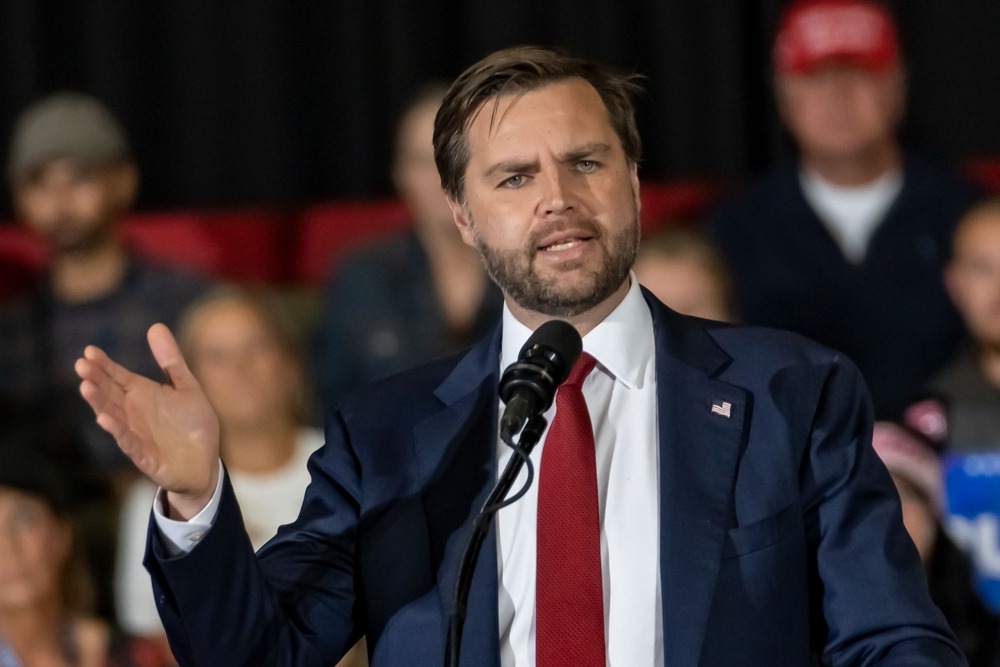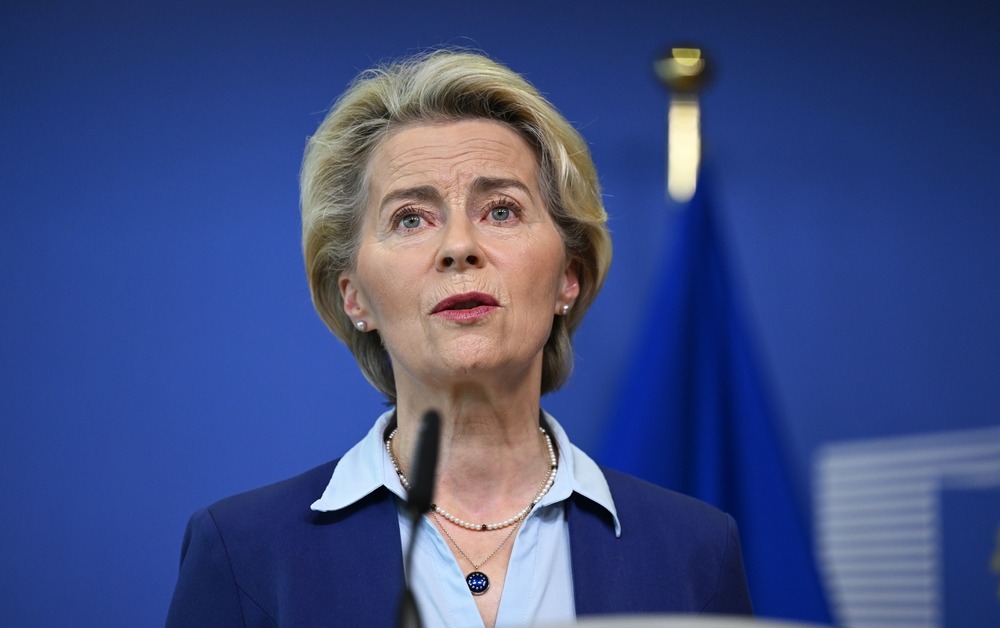At the AI Action Summit in Paris, global leaders and tech giants focused on innovation rather than safety. US Vice President JD Vance expressed concerns about “over-regulation” in the AI sector, while European leaders aimed to leverage AI for industrial growth and sustainability.
Day One at the AI Action Summit: Easing French regulations
French President Emmanuel Macron opened the summit by announcing France’s intention to simplify regulations to promote innovation.
“We need to catch up with the world,” he said, noting that France is back in the AI race, backed by a substantial investment of €109 billion in AI development.
He presented France’s commitment to adopting a strategy akin to the “Notre Dame de Paris” project, which emphasised rebuilding efforts and collaboration.
Macron highlighted France’s advantage as Europe’s largest nuclear power producer, suggesting that it could sustainably meet AI’s energy demands.
“I have a good friend on the other side of the ocean saying ‘drill, baby, drill’,” he commented, seemingly referencing US President Donald Trump. “Here, there is no need to drill. It’s plug, baby, plug.”
Furthermore, the summit launched the “Current AI” initiative, which focuses on public-interest projects, including the availability of high-quality data for AI and investments in open-source tools.
Day Two at the AI Action Summit: US push for freedom
On the second day, Vance addressed concerns about overregulation outside the US, advocating for an environment that fosters opportunity rather than caution.
“The US is the leader in AI, and our administration plans to keep it that way,” he stated, emphasising that an open regulatory climate encourages innovation and attracts investment.
Vance also underscored that the US’s regulatory framework aims to maintain a level playing field for both large and small tech firms.

US Vice President, JD Vance
“We’re developing an AI action plan that avoids an overly precautionary regulatory regime while ensuring all Americans benefit from the tech,” he explained.
He invited other nations to adopt similar approaches to regulatory frameworks but expressed concern over foreign governments tightening their grip on US tech companies.
“Our technology companies are being forced to comply with the EU’s Digital Services Act and its regulations regarding misinformation,” he noted, indicating that while the Trump administration seeks internet safety, it values free speech.
“Over-regulation deters innovators from taking risks necessary to advance,” he warned.
European Commission’s focus on industrial AI
Following Vance, Ursula von der Leyen, President of the European Commission, outlined her vision for Europe to emerge as a leader in AI. “I disagree that Europe is late to the race; the AI race is far from over,” she asserted, positioning Europe to leverage AI’s potential to enhance productivity across various industries.
Rejecting the idea of simply following the models of others, she highlighted Europe’s strengths in science and technology.

European Commission President Ursula von der Leyen
“European AI is cooperative, bringing together talents from different sectors,” she remarked, focusing on the need for public confidence in AI as outlined in the EU’s AI Act.
“Safety is in the interest of business, and we know we have to reduce red tape,” she said.
Von der Leyen announced an additional €50 billion investment through the EU’s Invest AI initiative, which aims to mobilise €200bn for AI development. She stressed that the focus would be on industrial applications and partnerships, especially with countries in the Global South, to ensure AI benefits everyone.
UN Secretary-General: greener AI
UN Secretary-General Antonio Guterres emphasised sustainability in his address, stating, “AI can be a force for climate action, but it is also power-intensive and strains our planet.” He advocated for the design of energy-efficient algorithms and the integration of AI into smart grids to optimise energy use.
Guterres posed essential questions about AI’s decision-making and beneficiaries, stressing the importance of inclusive dialogues among governments and tech leaders. “It’s in all our interests for governments and tech leaders to commit to global guardrails,” he concluded.
International agreement
The summit culminated in a proposal for an International AI Agreement that promotes an “open,” “inclusive,” and “ethical” approach to AI. However, both the US and the UK opted not to sign. UK officials cited disagreements with elements of the leaders’ declaration and a commitment only to initiatives beneficial to UK national interests.
Andrew Bolster, senior R&D manager at Black Duck, explained the implications of this divide to TechInformed. He described the “growing Atlantic AI Rift” as a wake-up call for organisations working with global AI. He noted that while compliance with regulations like GDPR and CCPA might assist, they do not guarantee seamless operations.


